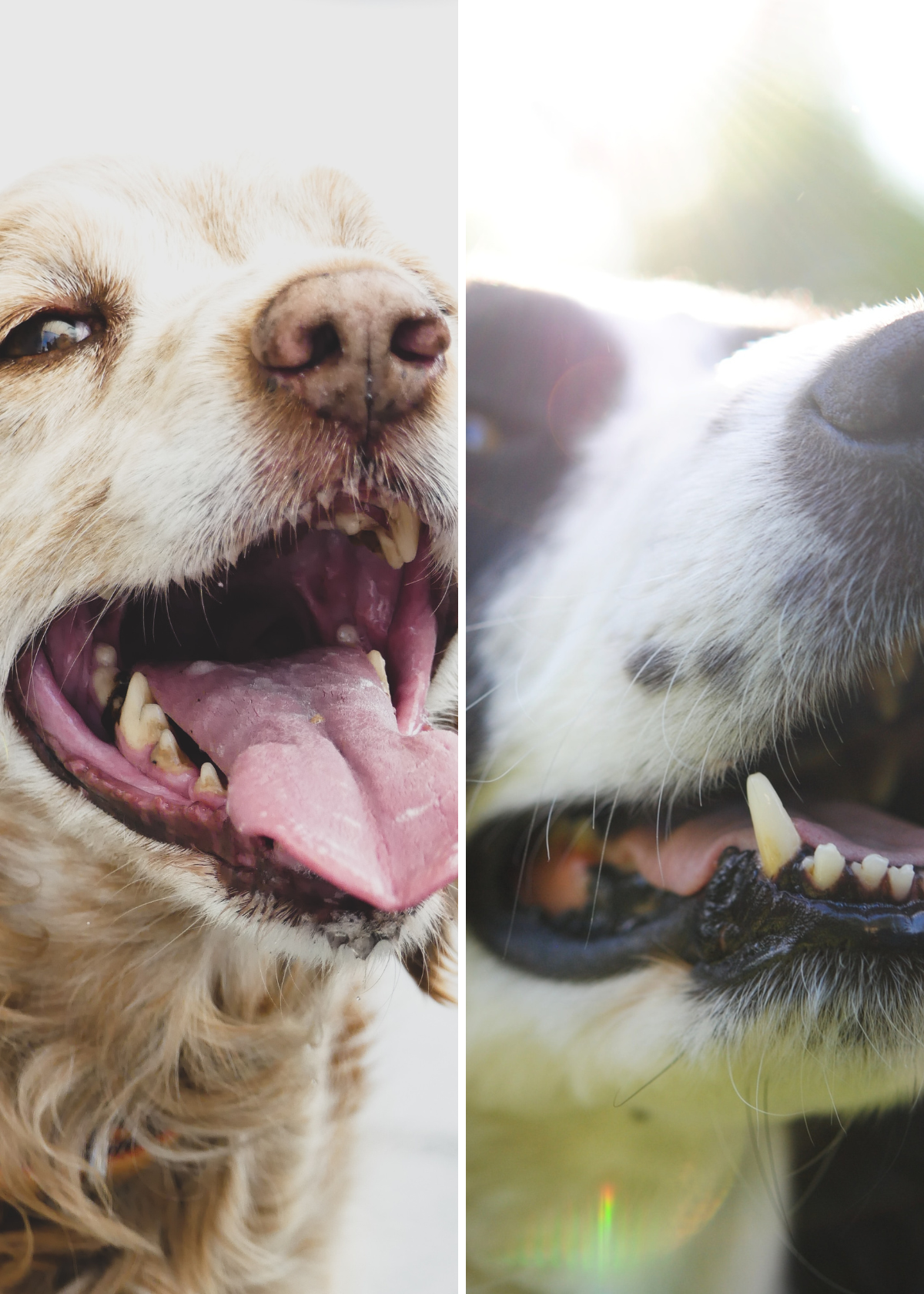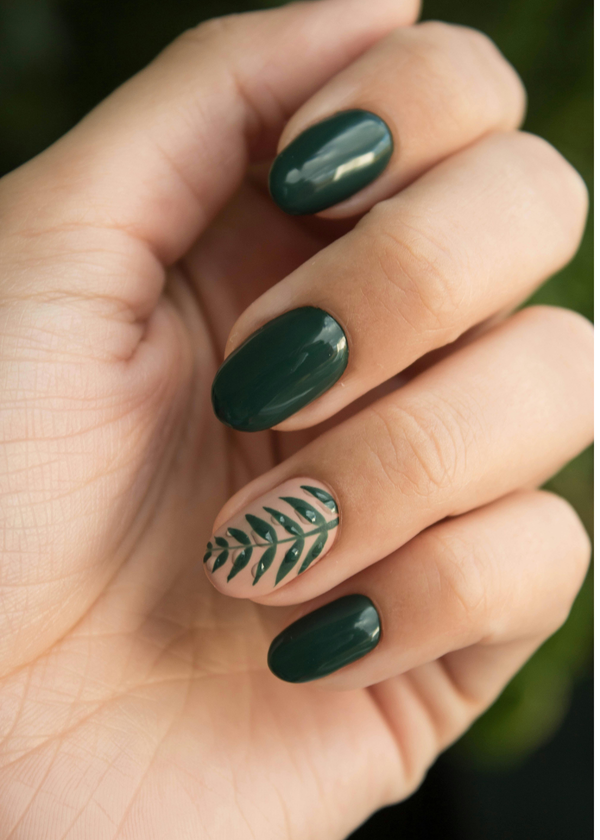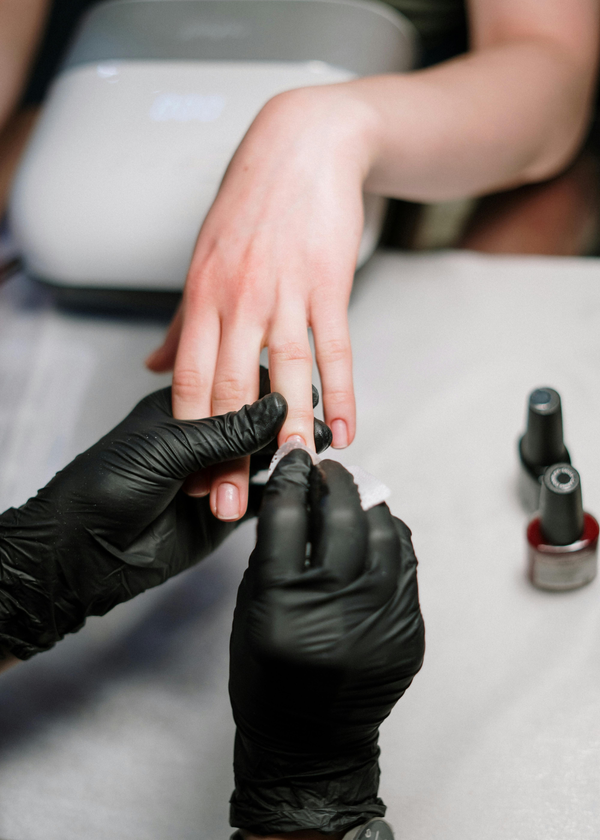Caring for your dog's dental health is a crucial aspect of their overall well-being. Many pet owners often wonder, "Is it too late to brush dogs teeth?" The simple answer is no, it's never too late to start. However, the earlier you begin, the better it is for your pup. This comprehensive guide will walk you through the importance of dental care for dogs, how to get started, and the best practices to ensure your furry friend's teeth are in good shape.
Understanding the Importance of Dental Health in Dogs
Dental health is a critical, yet often overlooked, aspect of a dog's overall health. Most dogs will show signs of periodontal disease by the time they're three years old. This condition can lead to serious health problems if left untreated. Regularly brushing your dog's teeth can prevent dental disease and help avoid the buildup of plaque and tartar that leads to bad breath and tooth decay.
Choosing the Right Tools for the Job
Before you start brushing your dog's teeth, it's essential to have the right tools. Human toothbrushes and toothpaste are not suitable for dogs. Most pet stores carry specially designed dog toothbrushes with soft bristles and dog toothpaste that's safe if swallowed. A finger brush can also be a good option for dogs that are new to tooth brushing, as it allows for a more gentle introduction to the process.
The Best Time to Start Brushing
The best time to start brushing your dog's teeth is when they're a puppy. This helps them get used to the sensation and can make the process easier as they grow. However, if you have an adult dog that has never had their teeth brushed, don't despair. Start brushing your dog's teeth as soon as possible, but be extra calm and patient as they may not be used to having their mouth handled.
Establishing a Routine
Consistency is key when it comes to brushing your dog's teeth. Aim for daily brushing, but if that's not possible, brushing several times a week can still significantly reduce the risk of dental issues. Choose a time when your dog is calm and relaxed, and make it part of their regular routine.
Step-by-Step Guide to Brushing Your Dog's Teeth
- Preparation: Gather your supplies and choose a quiet, well-lit area. Start by slowly lifting your dog's lips to expose their teeth and gums.
- Acclimation: Let your dog taste the toothpaste and gently run your finger along their gum line to get them used to the sensation.
Introducing the Toothbrush
Once your dog is comfortable with you touching their mouth, introduce the toothbrush or finger toothbrush. Let them sniff and lick it so it becomes a familiar object. Gently insert the brush into their mouth and softly brush a few teeth as a starting point.
Recognizing Signs of Dental Issues in Dogs
When it comes to maintaining your dog's dental health, being proactive is key. Many owners may not realize that their pet's teeth require regular attention until signs of dental issues emerge. Common indicators that your dog may be experiencing oral discomfort include bad breath, visible tartar buildup, red or swollen gums, and a reluctance to eat hard foods.
If you notice any of these symptoms, it's a clear signal that you should inspect your dog's mouth more closely and consider scheduling a visit to the vet. Early detection can prevent more serious complications and ensure your pet's well-being.
In addition to these signs, you might also observe your dog pawing at their face or showing a decreased interest in chew toys, which can further suggest dental discomfort. It's essential to gently rub around your dog's mouth and teeth to check for any abnormalities.
If you're unsure about what to look for, many vets offer resources and can guide you through the process. Remember, maintaining your dog's oral health isn't just about brushing your dog's teeth; it's also about being vigilant and responsive to their needs.
The Role of Diet in Your Dog's Dental Health Maintaining your dog's dental health isn't just about the physical act of brushing; it's also about what they eat. A diet that includes crunchy kibble can act as a mild abrasive on your pet's teeth, helping to keep plaque at bay.
However, it's important to remember that this doesn't replace the need to brush your dog's teeth. Just as with humans, the food your dog consumes plays a significant role in the overall health of their mouth. Offering dental chews and treats can supplement their diet and contribute to cleaner teeth, but always in moderation.
While some pet owners may rely solely on dental treats to manage their dog's oral health, it's essential to understand that these are aids, not solutions. Incorporating raw bones or specially designed toys can help to reduce tartar build-up, but they should be used in conjunction with regular brushing. Always monitor your dog when they're chewing on bones or toys to prevent any choking hazards. A balanced approach that includes a proper diet, dental aids, and brushing your dog's teeth will ensure the best care for your pup's mouth.
Understanding the Risks of Neglecting Your Dog's Oral Care Neglecting your dog's oral health can lead to a myriad of problems, some of which can significantly impact their overall well-being. When a dog's teeth aren't regularly cleaned, plaque and tartar can build up, leading to gingivitis and, eventually, periodontal disease. This can cause your pet discomfort, bad breath, and tooth loss. Moreover, the bacteria from the infection can enter the bloodstream, potentially affecting vital organs and leading to more serious health issues. Regularly brushing your dog's teeth is crucial in preventing these outcomes.
It's never too late to start caring for your dog's mouth. Even if you've neglected their oral care in the past, beginning a dental hygiene routine now can still make a difference.
Start by introducing a toothbrush with a small amount of toothpaste made specifically for dogs, and gradually work your way up to regular brushing sessions. Remember, patience and consistency are key.
If you're unsure about the state of your dog's oral health, it's always best to consult with a veterinarian. They can provide professional cleanings and guide you on how to best maintain your pet's teeth at home.
Addressing Common Myths About Dog's Dental Health
When it comes to your dog's dental health, there's a lot of misinformation out there that can lead to confusion. One common myth is that dogs naturally take care of their own teeth just by chewing on bones or toys.
While chewing can indeed help to some extent, it's not a comprehensive solution for maintaining your pet's teeth. Just like humans, dogs can develop plaque, tartar, and gum disease without proper dental care. It's crucial to understand that brushing your dog's teeth is an essential part of their overall health regimen, not just an optional extra.
Another myth is that bad breath in dogs is normal and not a cause for concern. However, persistent bad breath can be a sign of underlying issues in your dog's mouth.
It's important to recognize that a dog's oral health impacts their entire well-being. Bad breath could indicate the presence of bacteria that can lead to serious dental and systemic diseases. By debunking these myths and spreading accurate information, pet owners can be better equipped to care for their furry friends' smiles.
Incorporating Dental Treats and Chews into Your Dog's Oral Care Routine
Dental treats and chews can be a great addition to your dog's oral care routine. These products are designed to help reduce plaque and tartar buildup on your pup's teeth. When selecting dental treats, look for those that have been approved by veterinary dental organizations. These treats often have a texture that's specifically designed to clean the teeth as your dog chews, providing a form of mechanical brushing that can complement the efforts of brushing your dog's teeth.
However, it's important to remember that while dental treats and chews can be beneficial, they should not replace the act of brushing your dog's teeth. Think of them as a supplementary measure to enhance your dog's dental health.
Always monitor your pet while they're enjoying these treats to ensure they don't swallow large pieces that could cause choking or gastrointestinal blockages. By incorporating these treats wisely, you can help maintain your dog's mouth health and prevent dental issues from arising.
Creating a Positive Experience for Your Dog
Brushing your dog's teeth shouldn't be a battle. Approaching the task in a calm and patient way is crucial for both you and your pet. Start by choosing a quiet time when your dog is relaxed, and introduce the dog toothbrush and toothpaste in a non-threatening manner. Let them sniff and lick the toothbrush and toothpaste to become familiar with these new objects. You can even use a treat to associate the toothbrush with a positive experience. This gradual introduction can take days or even weeks, but it's important to take these steps to ensure that your dog is comfortable with the process.
Once your pup is accustomed to the toothbrush and toothpaste, you can begin to gently rub the brush against a few teeth as a starting point. Don't rush to brush your dog's teeth entirely on the first attempt. Instead, build up the duration and intensity of the brushing sessions gradually.
Always end each session on a positive note with plenty of praise and a treat. This positive reinforcement will help your dog associate tooth brushing with a rewarding experience, making it easier for both of you in the long run. Remember, patience is key, and your calm demeanor will help your dog stay relaxed throughout the process.
The Brushing Technique
When brushing your dog's teeth, focus on the outside surfaces where plaque tends to accumulate. Gently pet your dog to keep them calm and use a circular motion to clean each tooth. Be sure to reach the back teeth, as they are often neglected.
Dealing with Resistance
If your dog resists tooth brushing, stop immediately and try again later. Never force the process, as this can create negative associations. Use positive reinforcement like praise and treats to encourage cooperation.
Monitoring Dental Health
Regularly inspect your dog's mouth for warning signs of dental diseases, such as red or swollen gums, bad breath, or loose teeth. If you notice any of these symptoms, consult your veterinarian for more advice.
Alternatives to Brushing
For dogs that absolutely refuse to have their teeth brushed, consider dental chews or toys designed to help clean teeth. While these are not as effective as brushing, they can still help reduce plaque and tartar buildup.
Professional Cleanings
Even with regular brushing, your dog may need their teeth cleaned by a professional. Veterinarians can perform thorough cleanings to remove so much tartar and plaque that brushing alone can't handle.
The Long-Term Benefits
Maintaining your dog's dental health can prevent oral diseases and contribute to their overall good health. In the long run, it can save you money on veterinary bills and ensure your pet lives a long, healthy life.
FAQs
Q: Can I use human toothpaste for my dog?
A: No, human toothpaste can be harmful to dogs if swallowed. Always use toothpaste formulated for dogs, which is safe and often comes in flavors they enjoy.
Q: How often should I brush my dog's teeth?
A: Ideally, you should brush your dog's teeth daily. However, brushing several times a week can still be beneficial in preventing dental diseases.
Q: What if my dog won't let me brush their teeth?
A: If your dog is resistant to tooth brushing, take a step back and work on slowly lifting their lips and gently rubbing their gums. Use lots of positive reinforcement and consider consulting a veterinarian or a professional dog trainer for additional tips and training.
Summary:
It's never too late to start taking care of your dog's dental health. With the right approach and tools, you can effectively brush your dog's teeth and prevent a host of dental and health problems. Remember to be patient, use positive reinforcement, and establish a regular brushing routine. Your dog's pearly whites—and their health—are worth the effort.








